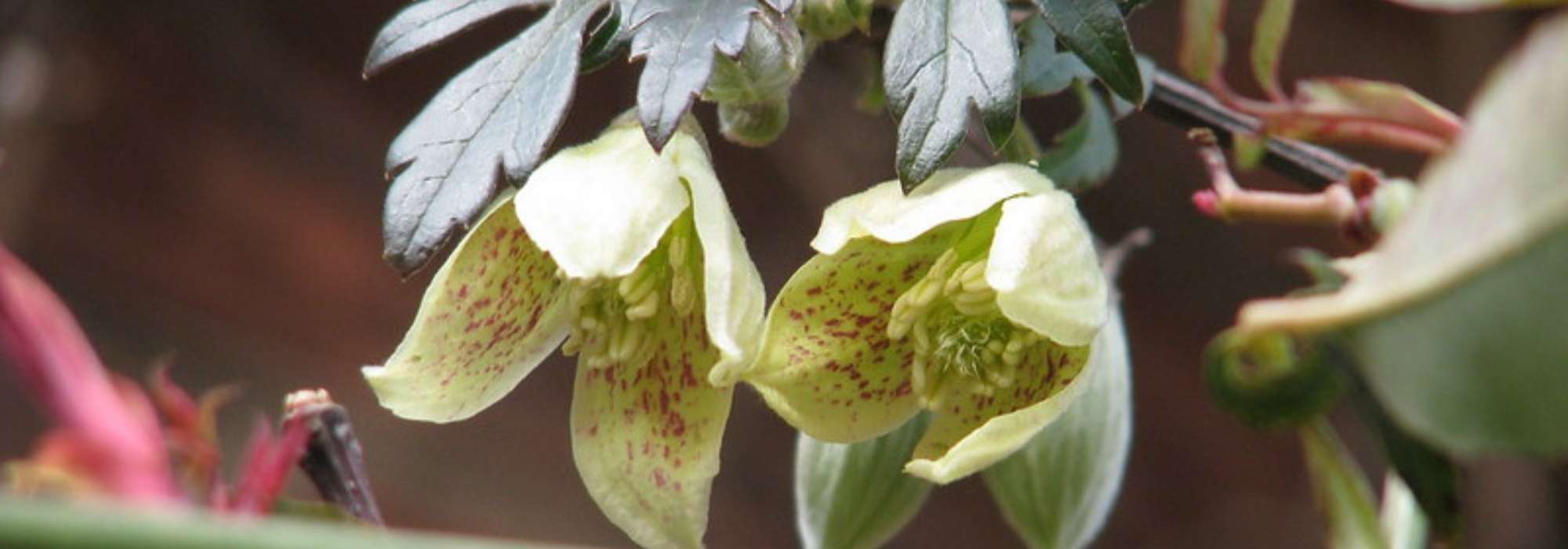
6 clematis flowering in winter
The most beautiful varieties
Summary
Clematis and their long flowering are often associated with summer…Several varieties of this essential climbing plant do, however, bloom right in the middle of winter, bringing unrivalled brilliance and fragrance to the sleeping garden. The winter-flowering clematis, evergreen, with inflorescences slightly smaller than their summer counterparts, renew themselves each year with new cultivars offering ever more attractive colours.
Preferring sun, often white like popular Clematis armandii, the range of Christmas Clematis and Clematis cirrhosa extends the colour palette towards soft, silky, pink and speckled, even purplish tones. Their flowering spans, for the earliest, from November through to the end of winter, sometimes into April.
Less hardy than summer clematis, they can nevertheless establish in many regions under sheltered growing conditions and in well-drained soil, their only enemy being wet soil in winter. Discover in this article the most beautiful winter-flowering clematis varieties that will surely grace your walls and trellises this winter!
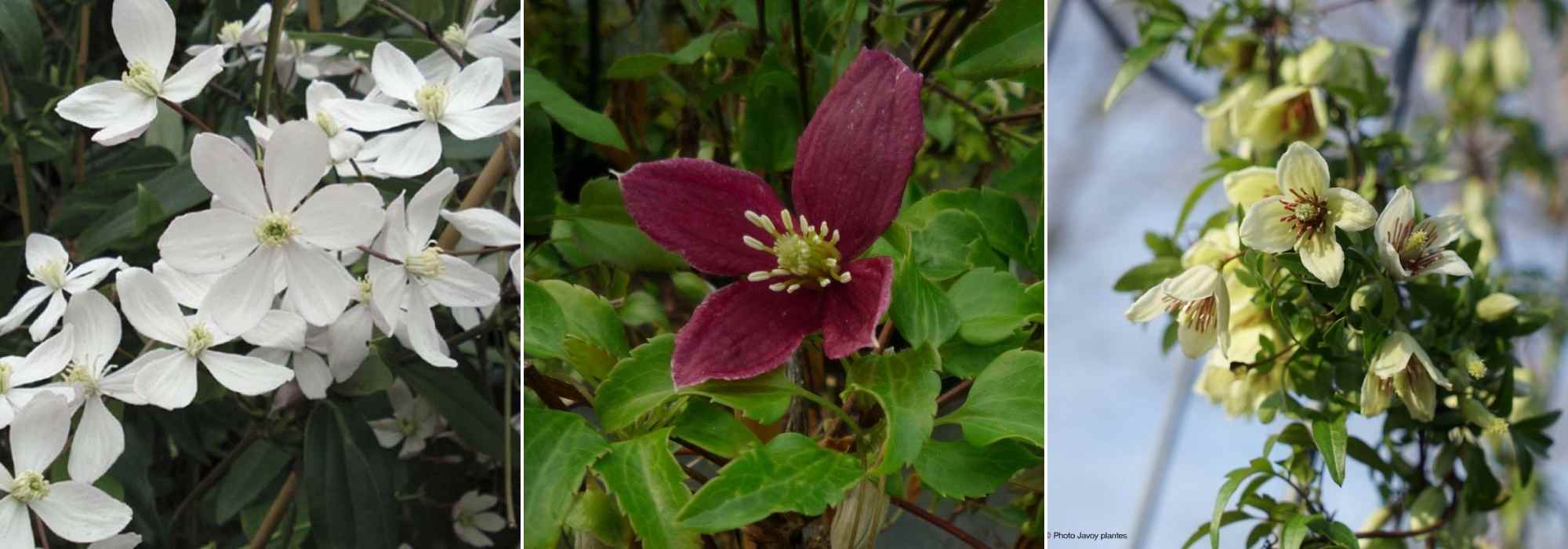
Clematis armandii ‘Apple Blossom‘, Clematis cirrhosa ‘Lansdowne Gem‘, Clematis cirrhosa ‘Christmas Surprise’
→ Also see our article : 6 climbers with winter flowering
Clematis armandii: immaculate whiteness
Clematis armandii, or Père Armand clematis, is a classic winter-flowering clematis. Native to China, it is very vigorous and can spread its lianas up to 9 m!
Green or pink-tinged flower buds appear as early as December or January in mild climates and develop into pure white to pale pink flowers from February to the end of April. Its white flowers are cup-shaped, 5 to 6 cm across, borne on slender purple petioles that act as tendrils to cling to supports. They give off a delicate sweet scent, between almond and orange blossom. Foliage of Clematis armandii is also of great interest: evergreen, leaves consist of three dark green lanceolate leaflets, each strongly marked by three prominent characteristic veins.
As with all clematis, the adage « roots in the shade, head in the sun » applies even more to winter clematis. Clematis armandii needs plenty of light to flower well, sheltered from winds. It is hardy down to -10°C. It tolerates drought well once established in rich, cool soil. Plant it ideally against a sunlit wall or fence, which it will quickly cover, taking care to train it onto a support to secure the tendrils.
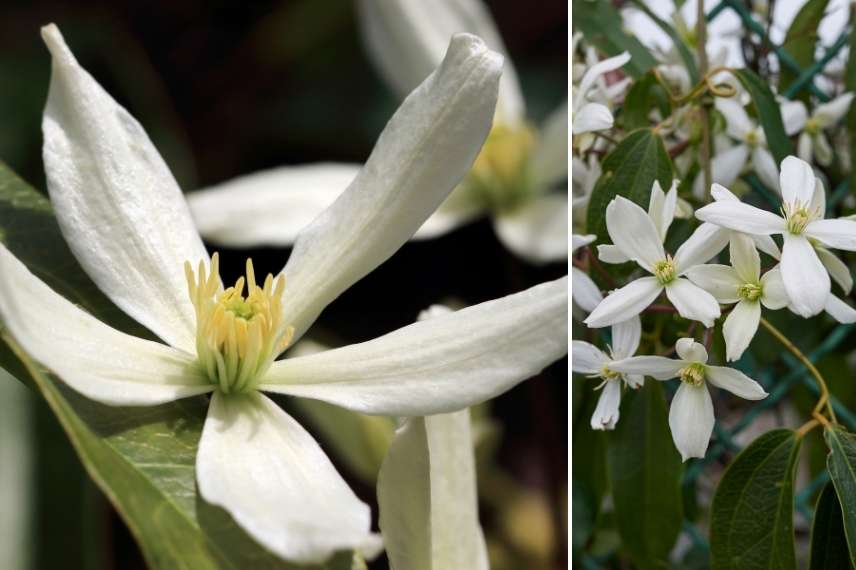
Dazzling whiteness of the Clematis armandii
You may also read
Clematis: planting, pruning and careClematis cirrhosa 'Jingle Bells': the Christmas clematis
A name that immediately evokes Christmas… no surprise, clematis cirrhosa ‘Jingle Bells’ is an enchantment as the festive season approaches.
Its single, trailing bell-shaped flowers are a very subtle creamy white. Slightly more elongated in form than other Christmas clematis (or clematis cirrhosa), the solitary flowers measure 6 to 10 cm long, and have slightly incurved, crinkled petals, adding to the delicacy of this cultivar. The long yellow-green anthers create a lovely harmony with the whiteness of the inflorescence. Flowering occurs between December and February, even into March. Feathery fruits will follow the flowers. At ripeness, clematis ‘Jingle Bell’ gives off a pleasantly lemony scent.
Contrasting with the flowers’ soft hue is the glossy dark green foliage, ornamental year-round as it is evergreen. This handsome variety, reaching 2 to 3 m in height, should be planted in a south- or west-facing position, as its Mediterranean origin makes it vulnerable to severe cold. It will clamber over a fence, wall or trellis in a passageway (house entrance) to make the most of its gentle scent.
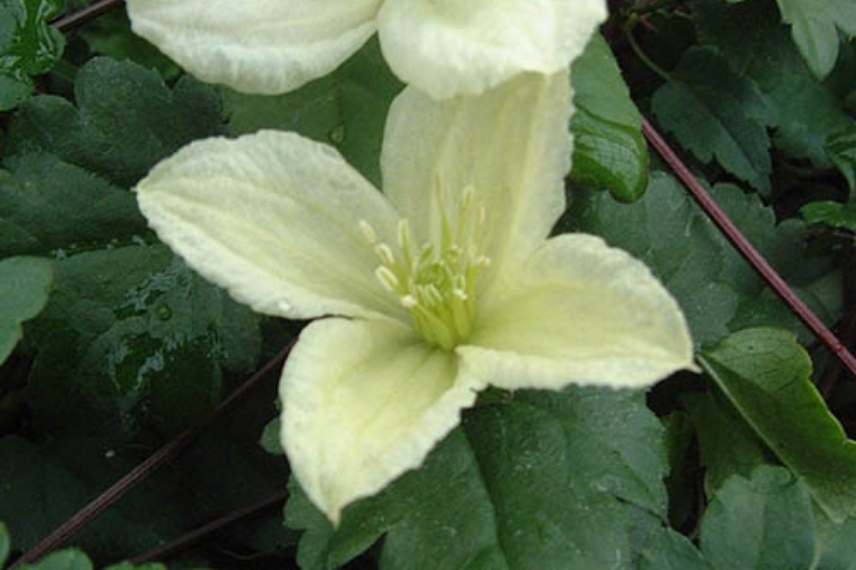
Clematis cirrhosa ‘Jingle Bells’
Discover other Winter flowering climbers
View All →Available in 3 sizes
Available in 1 sizes
Available in 1 sizes
Available in 3 sizes
Available in 1 sizes
Available in 2 sizes
Available in 1 sizes
Available in 1 sizes
Available in 1 sizes
Available in 2 sizes
Clematis armandii 'Apple Blossom': romantic and fragrant
Among Clematis armandii, ‘Apple Blossom’ is a pure marvel: it displays charming pink flowers on their outer surface, composed of 6 pink sepals that open abundantly from March to April. Slightly smaller than the type species, the flowers give off an incredible scent of vanilla and almond when warmed by sunlight. They appear in profusion between January and February, literally covering the foliage of the climbing plant, bringing a magical touch to the garden.
Its fragrance deserves a chosen spot in the garden or on the terrace: near an entrance, along a frequently used path.
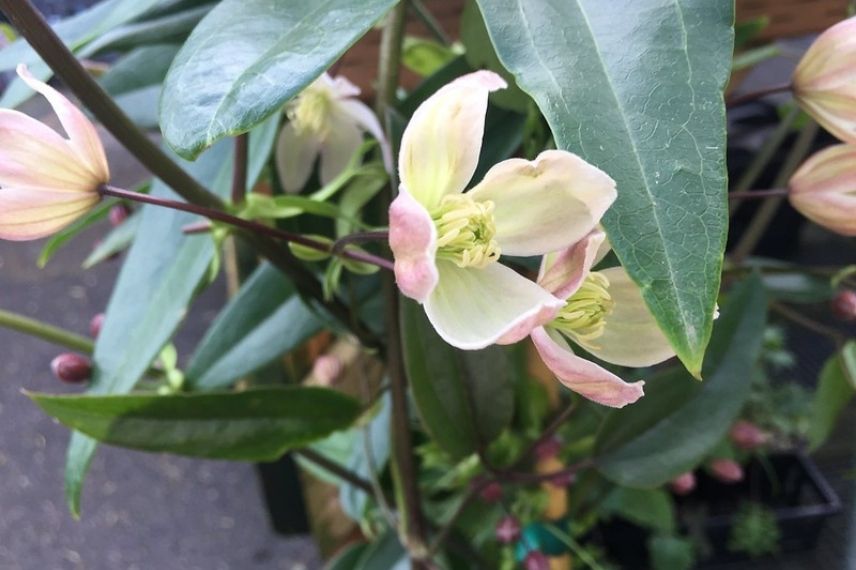
Delicately pink flower of cultivar ‘Apple Blossom’ (Photo: M. Hansen)
You may also read
How to train and stake clematis?Clematis cirrhosa balearica: one of the earliest to flower
Clematis cirrhosa balearica, also called Christmas clematis, is one of the so‑called “waxy” clematis that have the particularity of flowering early in winter. Its inflorescences, in the form of distinctive, graceful pendulous little bells, cream to pale yellow, splashed with purple inside the corolla, open from October and continue through to February. Of Mediterranean origin (discovered in the Balearic Islands), it nevertheless tolerates frosts down to −15°C in full sun, sheltered from winds and in well‑drained soil. It is slightly scented.
Its dark green foliage is evergreen like winter clematis and will take on bronze tones in severe cold. Foliage of this clematis tends to drop during particularly hot, dry summers, the plant protecting itself and entering dormancy at that time of year.
Reaching about 3 m, its lianas vigorously clothe a trellis or fence.
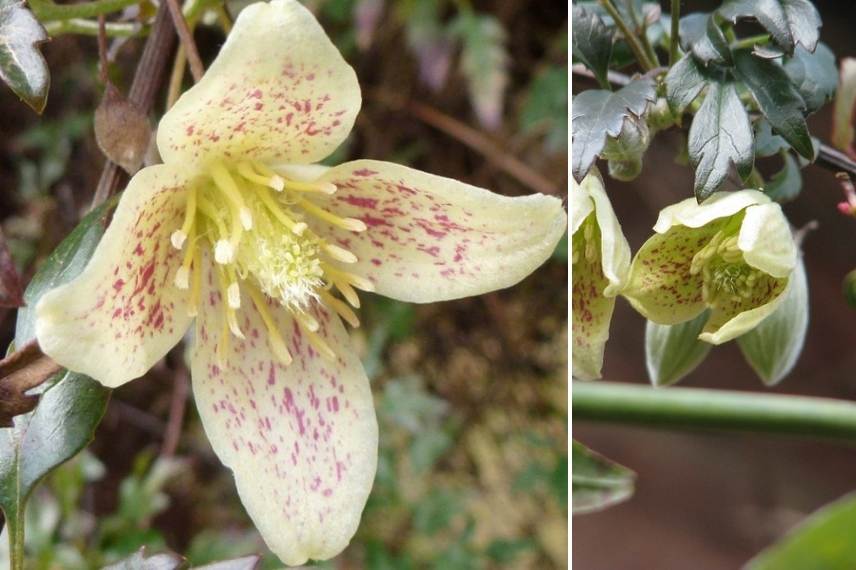
Speckled inflorescence of Clematis cirrhosa balearica
Clematis cirrhosa 'Lansdowne Gem': a rare purple beauty
With a colour rarely seen among winter-flowering clematis, the waxy clematis ‘Lansdowne Gem’ is a little gem: its flowers consist of 4 sepals in a deep burgundy shade, absolutely unique among winter clematis, with contrasting cream stamens. The sepals are in fact heavily blotched with purple to the point of completely colouring the flower, the edges often remaining slightly cream. The large, fairly open flowers measure around 7 cm across, another characteristic that sets it apart from other winter-flowering clematis, which tend to appear as pendulous bell-shaped blooms. This purplish colour is a boon in the heart of winter when the garden offers little of this bold palette.
Clematis ‘Lansdowne Gem’ begins to flower in November in mild climate, but mainly from January to February, even into March. This majestic liana also develops dentate, semi-evergreen foliage in most regions.
As with Clematis cirrhosa balearica, ‘Lansdowne Gem’ has Mediterranean origins. The drawback is that it is among the most frost-tender in our selection: from -8°C its foliage and flowering suffer. It therefore deserves, more than others, a sheltered spot protected from wind and cold, on a trellis or an arbour. You can grow it in a pot in a conservatory or a sunny patio as it reaches 3 to 3.5 m in height. It is also perfect when it sets out to clothe a large deciduous bush or a hedge!
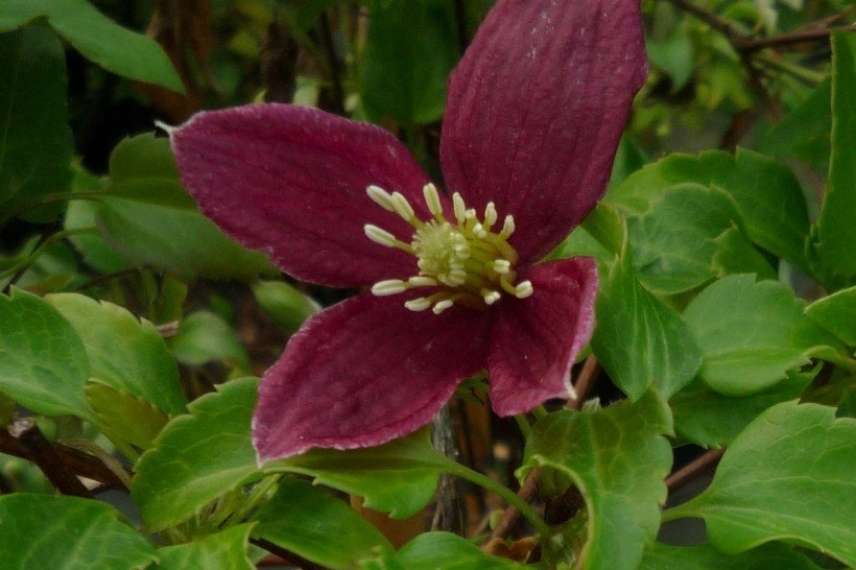
Sumptuous purple flower of Clematis cirrhosa ‘Lansdowne Gem’
Clematis armandii 'Little White Charm' heralds spring!
Here is a clematis from the Armandii club that certainly has charm : tinged with exoticism thanks to profusion of star-shaped flowers, the clematis armandii ‘Little White Charm’ is one of the last clematis to flower in winter, blooming between February and April, heralding warmer days to come.
Its flowering is a true cloud of small, very delicate 4-sepal flowers of pure white, each flower measuring about 5 cm. They are grouped in terminal panicles, covering with their whiteness the green mantle formed by abundant glossy dark green elongated foliage. The habit of this clematis is truly magnificent and exudes absolute charm.
Because of its slightly later flowering, it can be planted in semi-shade or full sun. It is ideal trained on a trellis, a tree or a pergola. Its modest dimensions (3 m high by 1.50 m wide) also make it suitable for container planting on a terrace or balcony, taking care to provide an appropriate stake so that it can develop sufficiently in width.
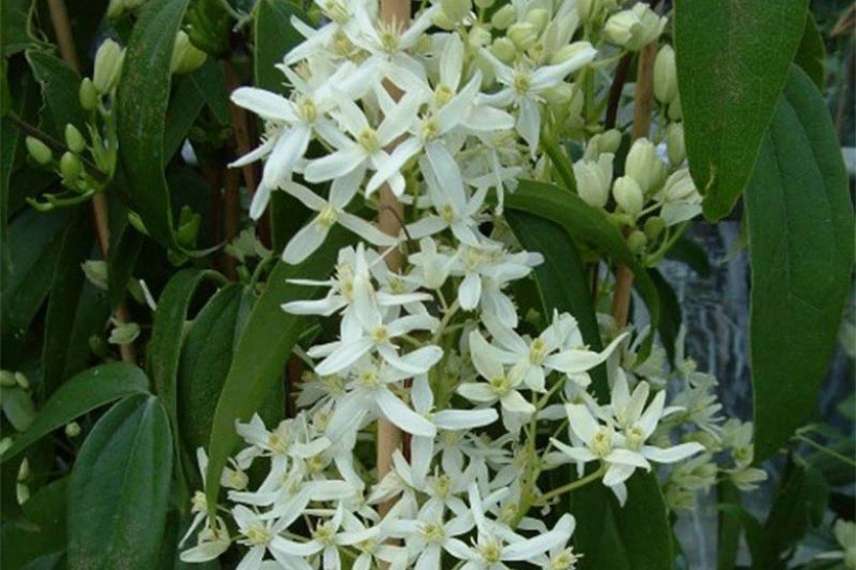
Profusion of flowers of clematis armandii ‘Little White Charm’
- Subscribe!
- Contents
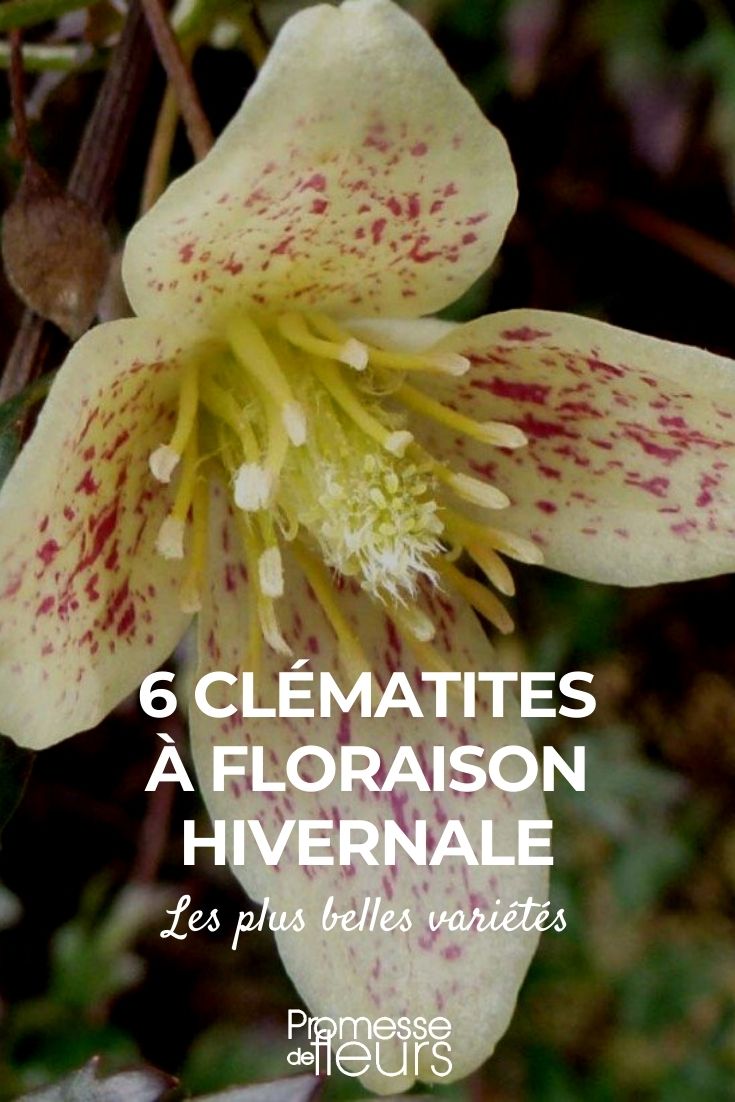































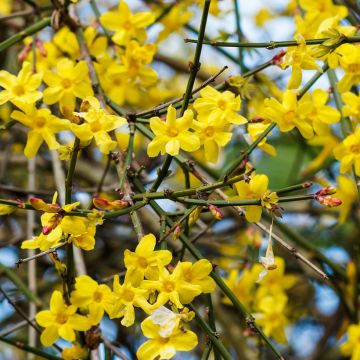
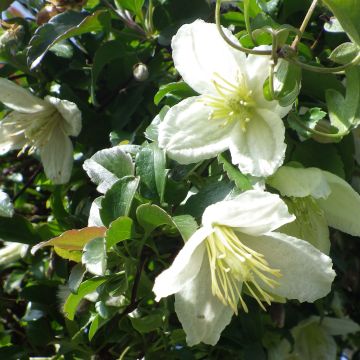
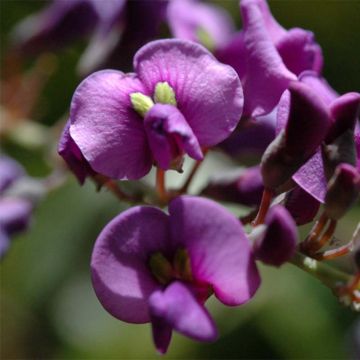
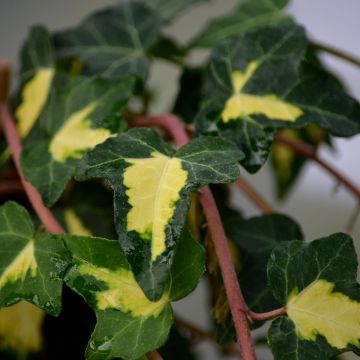
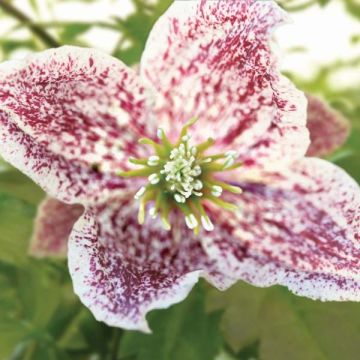
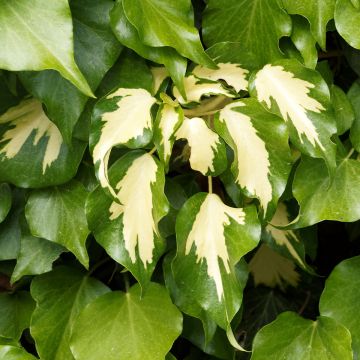

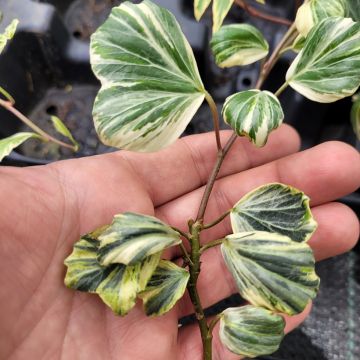
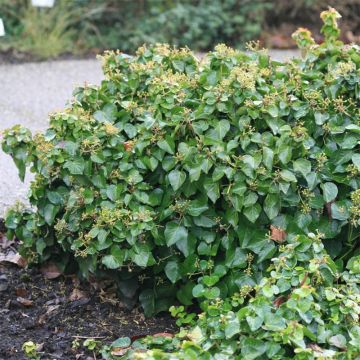

Feedbacks